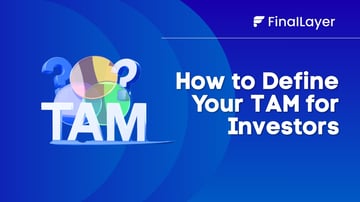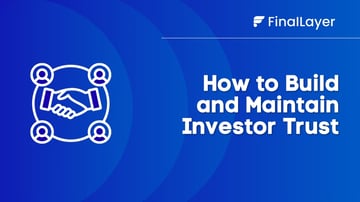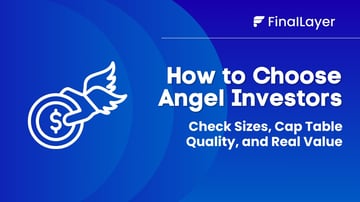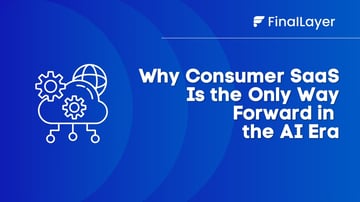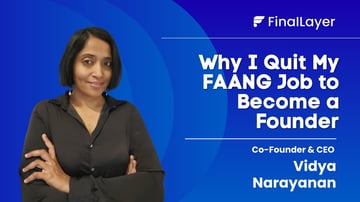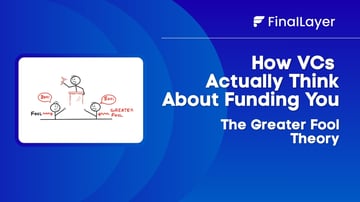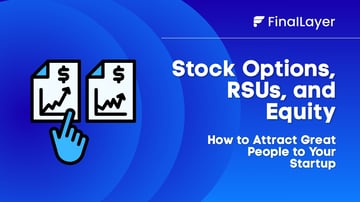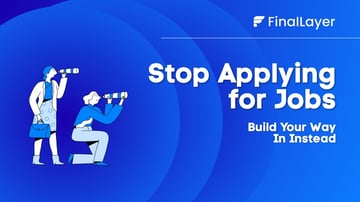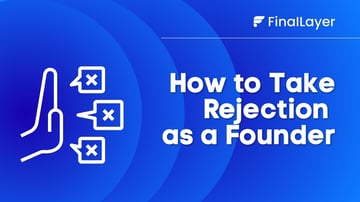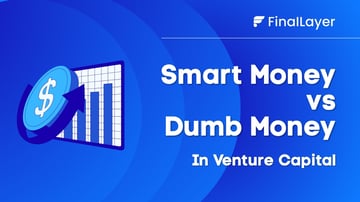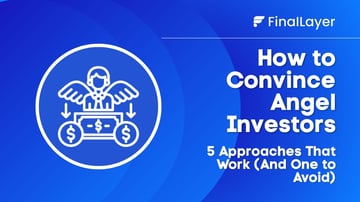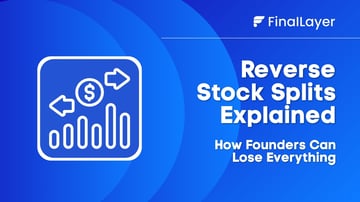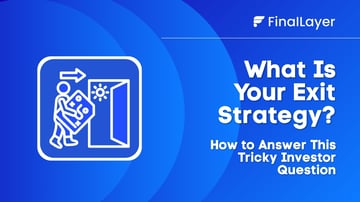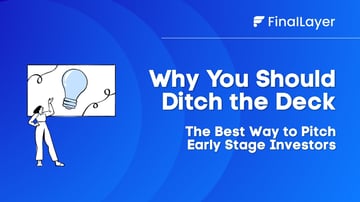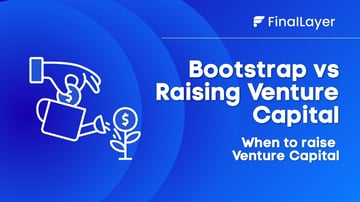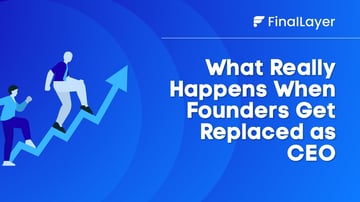Understanding what makes a cap table unfundable is critical because an unfundable cap table can kill your company just as surely as a bad product. We had what VCs call an unfundable cap table, which made it nearly impossible to attract new investors into our company despite having raised $60M previously and having a functioning business. An unfundable cap table happens when equity percentages don't match company stage, when dead equity from misaligned investors clogs your ownership structure, or when toxic terms like excessive liquidation preferences scare away potential investors. Learning what makes a cap table unfundable helps founders avoid the cap table mistakes that destroyed our previous company's ability to raise capital and forced us to start over with FinalLayer.
Part 1: When Equity Doesn't Match Reality
The first thing that makes a cap table unfundable is when equity percentages and money raised are inconsistent with the company's actual stage.
This happens most often when companies pivot after raising significant capital. For example, imagine a pivot that completely resets your company to an early stage position. You should look like a seed company, but you've already raised Series B money and given away most of the equity.
Now founders and the team own far less than what an early stage company typically shows. New investors see this immediately and walk away.
The Dead Equity Problem
This creates what investors call dead equity on your cap table. These are investors who put money into your old business model but aren't actively supporting your new direction. They still hold significant equity just because they invested when you were essentially a different company.
Their interests may not align with your new direction at all. New investors hate this because they're essentially buying into a company where a large portion of equity is held by people who don't care about the current business.
The Cap Table Reset Solution
The best solution is a complete cap table reset. This means cramming down current holdings to a small percentage and giving founders and the team enough equity to make it look like an early stage company again. This creates a structure that's attractive to new investors.
But here's the reality: this is incredibly hard to do. You need sophisticated investors who understand that without this reset, the company dies. Most investors see it as erosion of their equity and refuse, not realizing they're destroying the company's future. Many investors won't even understand this dynamic.
This is exactly what we faced before starting FinalLayer. Our investors wouldn't agree to changes that could have saved the company. Understanding the difference between smart money and dumb money becomes critical in these situations, as sophisticated investors understand when cap table resets are necessary while unsophisticated ones destroy companies by refusing.
Part 2: Toxic Terms That Scare Away Investors
The second category of unfundable cap table issues involves non-standard terms that make new investors run for the exits.
Red Flag Terms Include:
Excessive Liquidation Preferences: If you gave away 3x liquidation preferences in a bridge round, that's not normal. New investors know they'll never see returns with these terms in place.
Hidden Valuation Games: Some investors inflate your valuation artificially but then add warrants to compensate. They'll give you that higher number you want, then use penny warrants to effectively lower their real entry price. When new investors see this manipulation, they know the cap table is toxic.
Excessive Legal Fees: If investors charged you abnormal legal fees to close their round, it signals they'll nickel and dime the company at every opportunity.
Too Many Bridge Rounds: Bridge rounds are non-priced rounds like convertible notes. Having one or two is normal. Having five or six signals a company in constant crisis mode. Every bridge round tells new investors the company went through a bad period.
The Combination Effect
Any single issue might not be catastrophic, but combinations become deadly. When you have investors constantly demanding non-standard terms, that's a massive red flag for anyone looking to invest next.
New investors aren't just evaluating your business. They're evaluating who they'll share the cap table with. If existing investors have shown they'll demand toxic terms, new investors assume they'll do the same in future rounds.
When you're pitching to angel investors or VCs, they will scrutinize your existing cap table carefully for these red flags before making investment decisions.
Lessons We Applied to FinalLayer
After experiencing an unfundable cap table firsthand, we're building FinalLayer differently:
Clean, simple terms only. Standard equity structures. Aligned interests between all stakeholders. Transparency in all dealings.
We learned that how you structure your cap table matters as much as how you build your product. A toxic cap table can kill a great business just as surely as a bad product can.
Our approach to equity compensation for our team reflects these lessons, keeping structures simple and aligned with everyone's long-term success.
Key Takeaways for Founders
Avoid these mistakes from day one:
Never accept non-standard terms just to close a round quickly. Be extremely careful with pivots after raising significant capital. Limit bridge rounds to absolute necessities. Watch for investors who negotiate unusual terms. Keep your cap table clean and simple.
Remember: once your cap table becomes unfundable, it's almost impossible to fix. The investors who created the problem rarely agree to solve it, even when it means the company dies.
Understanding these dynamics also applies when considering exit strategies, as toxic cap tables make acquisitions nearly impossible since acquirers won't touch companies with messy equity structures.
The Hard Reality
At FinalLayer, we're committed to building sustainably with aligned incentives for everyone involved. Sometimes the best education comes from learning what not to do, and we're applying every lesson learned.
If you want to discuss cap table management and avoiding these pitfalls with other founders who've navigated these challenges, join our founder's Slack community where we share experiences about cap table structures, fundraising challenges, and lessons learned in the Founder Resources tab.

